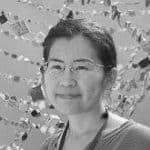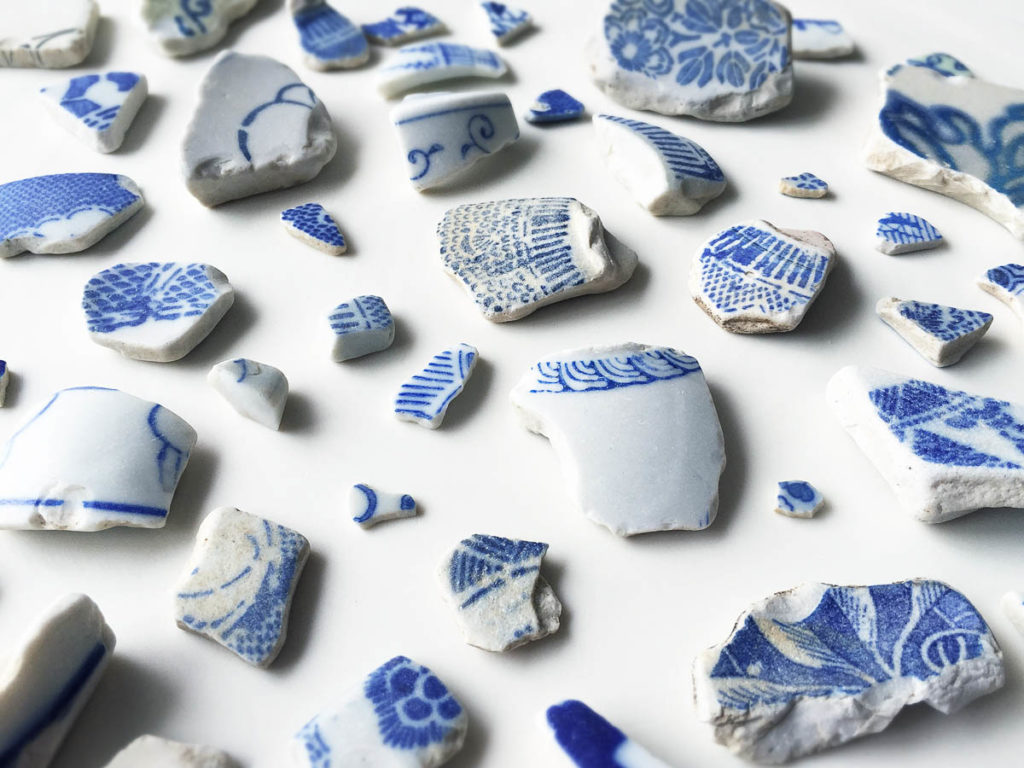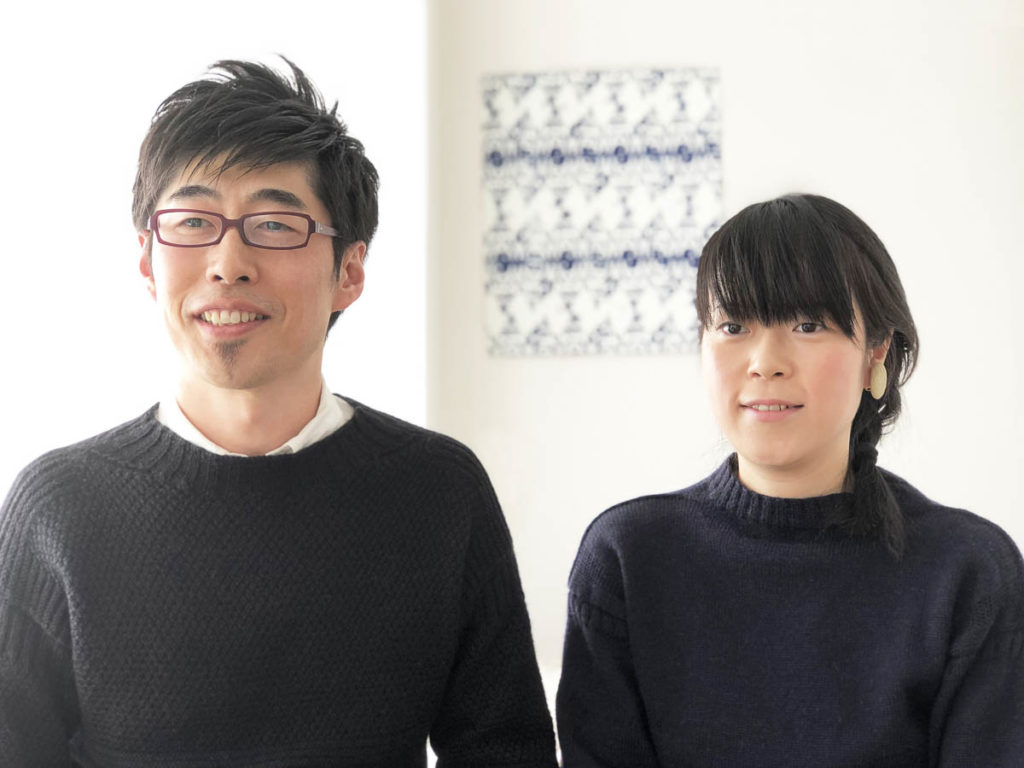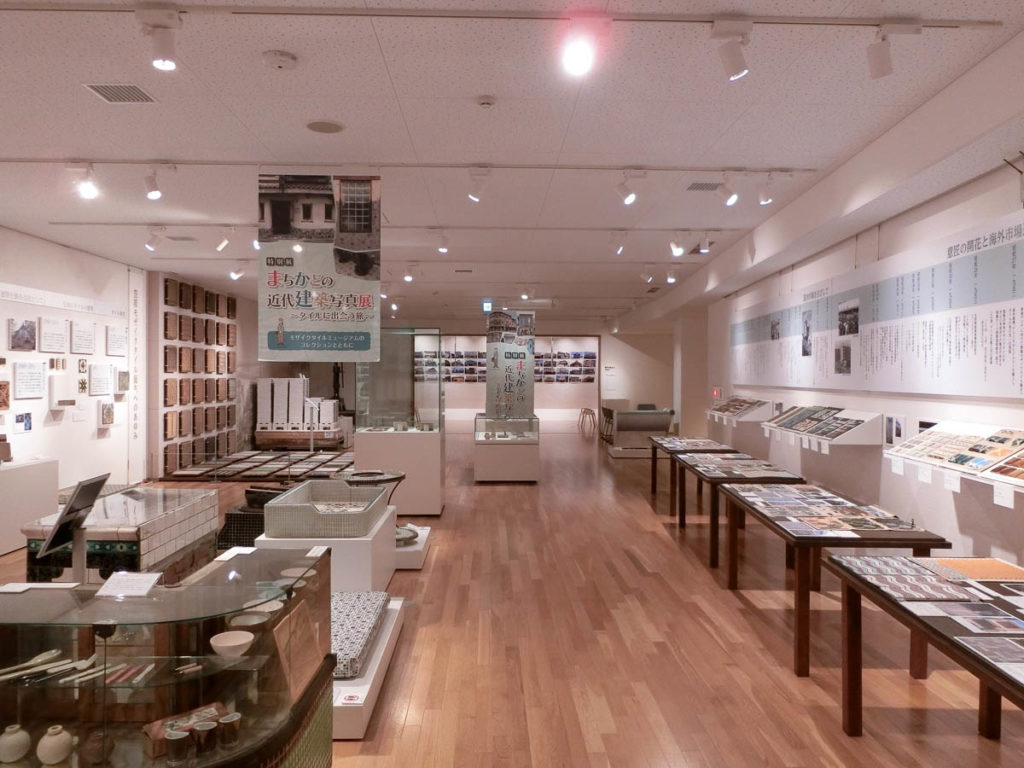We continue our series on the Mosaic Tile Museum with a preview of a bold project to match their epic tile collection to new designs.
The Mosaic Tile Museum, Tajimi, which opened in June 2016, is one of the facilities established by the city. Located in Kasahara-cho, Tajimi-city, Gifu Prefecture, the museum houses a big collection of locally produced mosaic tiles.
The museum is a four-storied building that is designed on each floor to introduce different aspects of tiles. The third floor consists largely of the permanent collection explaining a history of local tile industry and processes of tile production. On one side of the floor, there is a small space called “gallery”, which is used as the main venue for special exhibitions. Thanks to cooperation from many people of various fields, since the opening of the museum, we have organized three or four original exhibitions each year with the themes that fall on one of the following four categories:
- Exhibitions relating to histories and industrial techniques of tiles
- Exhibitions about local traditions of Tajimi-city
- Exhibitions about modern architecture
- Exhibitions showing creative potentials of mosaic tiles
In 2018, we started with an exhibition on public bathhouses, whose ubiquity in Japan played an important role in the popularisation of mosaic tiles. The second exhibition was titled Shiki-gawara no sekai (the world of ancient floor tiles), covering the times dating back to Edo period when the Japanese did not know about “tiles” of Western culture. The third is an exhibition of photographs taken from street corners of modern architectures from Meiji to the middle Showa period (which is from 1868 to the 1970s). On each occasion, fortunately, we could arrange a series of events organizing many participants to enhance the import of the projects.
And from February 2019, a new project introducing young artists’ creativity titled guse ars Exhibition (working title) will start. In order to introduce the duo artists whose name is “guse ars”, it would be best to quote their profile from their website:
WASHED PATTERN TILE
Walking along a seashore or riverbank, one can find fragments of pottery which used to be part of a vase or tile. These fragments have been washed ashore and sometimes the original patterns remain on their surface. “Washed Pattern” is a guse ars’ project, in which we recompose the patterns extracted from fragments of old pottery to create new patterns. Reincorporating new patterns into our daily lives through the form of tile, we also look to the future, when the pattern will once again break into pieces and be washed ashore. This cycle can continue eternally, as it were, as life passes on from generation to generation. What is inscribed on this tile is an immense sequence of patterns which unfold over time and originate from a single fragment.
During this exhibition, in association with Mino Ceramic Art Museum, Tajimi and Center for the Preservation of Cultural Property, Tajimi, we will scrutinise each fragment which is the source of guse ars’ creation, and search for the original patterns found on ceramic artifacts in the collection of the museums. Exhibiting these pieces in conjunction with the collection of Mosaic Tile Museum, you could see a view of unexpected encounters of ancient local ceramics and future tiles that transcends time and space.
Author
 Nodoka Murayama is a curator of the Mosaic Tile Museum, Tajimi. She graduated the Tokyo University of Fine Arts and Music, received a master’s degree in Japanese Art History. The previous employment was an assistant curator of the Museum of Modern Ceramic Art, Gifu.
Nodoka Murayama is a curator of the Mosaic Tile Museum, Tajimi. She graduated the Tokyo University of Fine Arts and Music, received a master’s degree in Japanese Art History. The previous employment was an assistant curator of the Museum of Modern Ceramic Art, Gifu.
多治見市モザイクタイルミュージアムは、2016年に、岐阜県多治見市笠原町に多治見市が設立した施設であり、地元で製造されてきたモザイクタイルのコレクションを持つ博物館である。その設立経緯や施設概要については、既に2017年、”Garland Magazine” issue9 で紹介した。本稿では、3階ギャラリーを主な会場とする企画展示について、より詳しく説明したい。
当館は4階建ての建造物であり、それぞれの階がタイルの異なる側面を紹介する展示室となっている。3階の大部分は、コレクションを入れ替えながら用いてタイルの歴史や製造過程を説明するために使っているが、一角は「ギャラリー」と称して、開館以来、年間3~4本の特別展示を開催してきた。全て当館オリジナルの企画として、さまざまな関係者に協力を仰ぎながら、次の4本の主題に基づく展示を組み立ててきた。
1.タイルの産業技術や歴史にかかわる展示。2.博物館が建つ地元の文化に関する展示。
3.建築に関する展示。4.タイルの新しい可能性を示せるような展示。
2018年は、日本のタイル産業にとって重要な存在である公衆浴場を特集した「東京の銭湯とタイル」展に始まり、タイル産業が始まる前の時代にさかのぼる「敷瓦の世界」展、そして全国の明治から昭和時代の建築写真を集めた「まちかどの近代建築写真展」を開催してきた。それぞれにおいて、幸いにも多くの協力者を得ることができ、関連するイベントも併せて得るもののある企画だった。
そして、2019年2月からは、若い美術家の創作活動を紹介し、新しい可能性を示す特別展、「guse ars exhibition(仮)」を開催する。二人の活動に関しては、ホームページ(http://guse-ars.com/main.html)に記された以下の文章によって紹介する。
******
「ウォッシュドパターンタイル」
海岸や河辺を歩くと、かつて花瓶やタイルだったものの欠片を目にすることがある。流れ着いた破片には、時として元の模様が残されている。「ウォッシュドパターン」とは、私たち「グセアルス」のプロジェクトであり、こうした陶片から抽出した模様を使って、新しいパターンを生み出す取り組みである。このようにして生まれた模様をつけたタイルは、将来再び欠片になって漂流するかもしれない未来の模様をも表している。この循環は、生物が命をつないでいくように、永遠に続くだろう。このタイルに刻まれているのは、ひとつの欠片から始まって時を超えて広がる一つながりの模様なのだ。
******
今回の特別展では、彼らの作品とともに、多治見市美濃焼ミュージアムや多治見市文化財保護センターの協力を得て、彼らが作品に用いる陶片の模様を見て、オリジナルの柄を多治見に伝わる陶磁器の中から探し出す。モザイクタイルミュージアムのコレクションも併せることで、多治見や笠原でタイルが作られる以前の陶磁器と、現在・未来のタイルの模様が語り合う、時空を超えた展示になるだろう。
著者:村山 閑
多治見市モザイクタイルミュージアムの学芸員。 東京藝術大学を卒業し、日本美術史学修 士号を取得。 前職は岐阜県近代美術館の学芸員。





